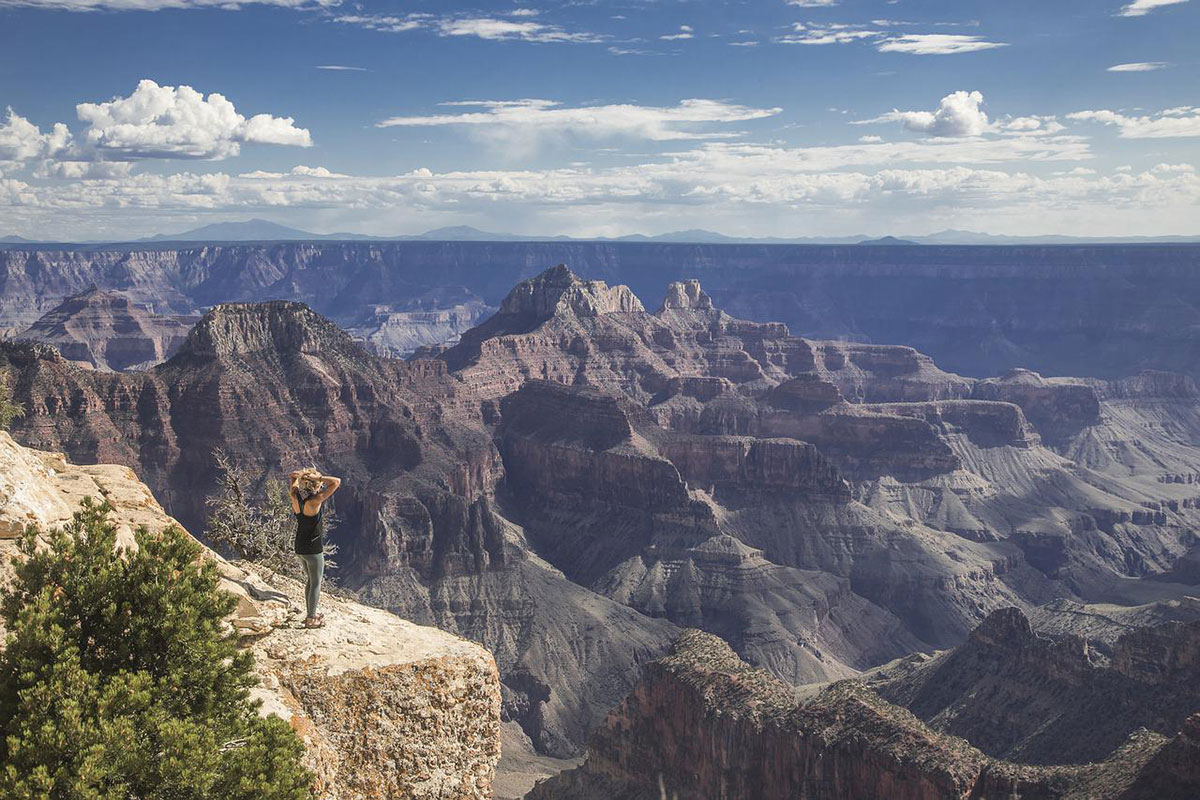When thinking of national parks, beautiful natural scenery, outdoor adventures, and quality time with loved ones come to mind. However, for some people, the experience is much grimmer. With millions of visitors to our 63 national parks each year, deaths in national parks also come hand in hand.
Most of the fatalities are from falls, drowning, environmental exposure, or car accidents. Contrary to popular belief, incidents of deaths from snake bites or bear attacks are rarer. So, what are the most dangerous national parks to visit?
To answer your curiosity, here is a list of the 7 deadliest national parks in the U.S., including the number of deaths that occurred there from 2010 to 2020. But don’t worry, we’ve also added safety tips when visiting national parks!
The most dangerous national parks in the U.S.
1. Grand Canyon

Number of deaths: 134
Of the recent deaths at the Grand Canyon National Park in Arizona, 42 were medical or natural deaths and 14 were environmental. This is mainly because of the extreme heat that can reach over 100 degrees during the daytime. This park also had 27 deaths from falls, since it’s filled with narrow and steep trails, such as the Bright Angel Trail which drops over 4,000 feet on a rocky path.
Additionally, the Colorado River at the bottom of the canyon lets you go on boating or river rafting trips. However, accidents happen and flash floods sometimes occur, leading to at least 13 recent drownings.
2. Yosemite

Number of deaths: 126
Half Dome at Yosemite National Park in California is a popular attraction and also the reason for plenty of fatalities. Rising 5,000 feet above the Yosemite valley, hikers and rock climbers attempting to reach the summit of this vertical rock face have met untimely deaths. Out of the 126 recent deaths in Yosemite, 45 were due to falls.
3. The Great Smoky Mountains
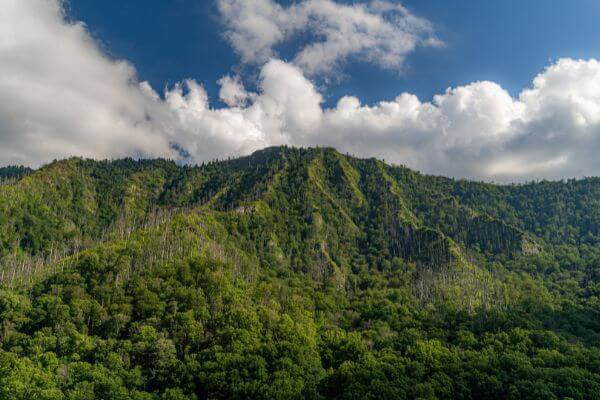
Number of deaths: 92
With millions of visitors each year to the Great Smoky Mountains National Park in Tennessee and North Carolina, plenty of traffic goes through its windy roads. This probably explains why 37 of the recent deaths at the park were from motor vehicle crashes.
One of the most dangerous roads in the park is a section of U.S. 129 that’s 11 miles and has 318 curves. While it’s a scenic drive, you have to pay attention and don’t let the distractions run you off the road!
4. Sequoia & Kings Canyon
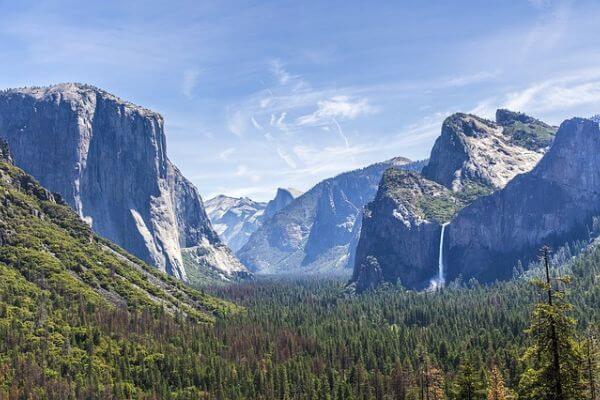
Number of deaths: 75
The uneven or icy grounds coupled with the high elevations of the Sequoia and Kings Canyon National Parks explain why 25 of the recent deaths were due to falls. It’s quite common for hikers to go missing or require rescuing from the mountain, leaving them exposed to falling on ice and hypothermia.
However, the park also saw 13 drownings due to the raging rivers. The rivers are most dangerous with swift and icy cold waters during the spring and early summer when the snow melts.
5. Yellowstone
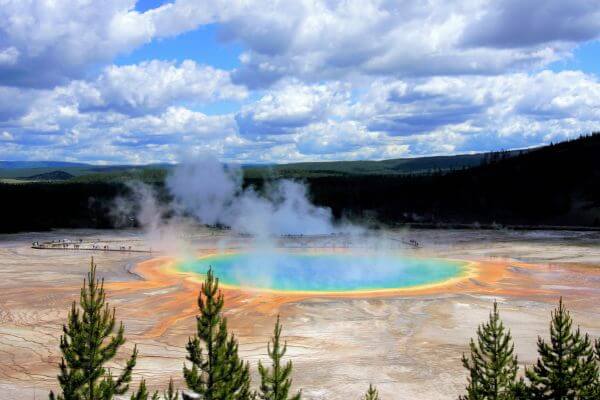
Number of deaths: 52
There are plenty of hazards when visiting Yellowstone National Park which crosses the states of Idaho, Montana, and Wyoming. The long windy mountain roads are especially dangerous, resulting in 12 recent motor vehicle crashes. There have also been cases where park visitors fell into the boiling hot waters that erupted from geysers in the park.
6. Denali

Number of deaths: 51
The top cause of recent deaths at Denali National Park in Alaska was environmental exposure. The weather at this park changes rapidly and sudden temperature shifts can lead to death if you aren’t prepared.
There were also freak incidents, such as blocks of ice falling from a glacier and killing someone. The second highest cause, at 14 deaths, fell, including visitors falling from crevasses in glaciers.
7. Mountain Rainier
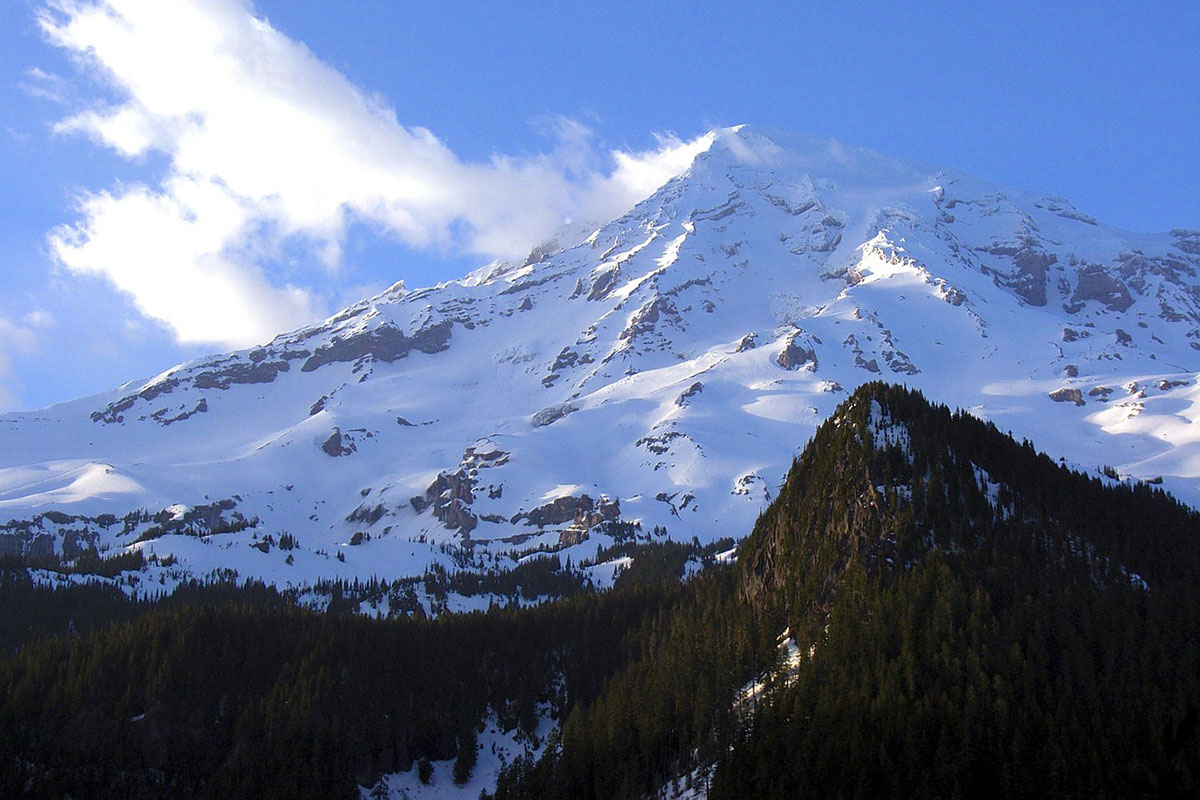
Number of deaths: 51
Mount Rainier National Park in Washington features a 14.411-foot peak, including avalanche-prone snowfields. Of the over 10,000 hikers attempting the climb, less than 1% reach the summit successfully. There’s a little surprise of the 51 recent deaths, 19 were from falls, and 12 were environmental reasons.
Although it’s 7th on this list for deaths from 2010 to 2020, when you look at over a century of data from 1897 to 2017, there were over 400 fatalities. Most were caused by exposure to storms and hypothermia.
6 National Park safety tips
Just because accidents happen, doesn’t mean you have to stay away from National Parks completely. Millions of visitors visit these national parks every year safely. To help you feel more prepared, here are 6 safety tips to keep in mind.
1. Hike with a buddy
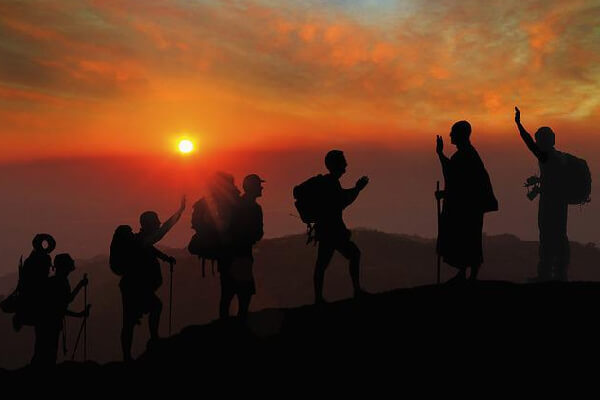
While going on long hikes alone can seem peaceful or adventurous, having a buddy with you is very useful in case one of you gets hurt. The other can help you out or go seek help. It’s also best to stick to the trails since they are the most traveled route and safest options.
2. Have a backup paper map
Knowing your way around so you don’t get lost in the wilderness is important. Having a paper map as a backup can prevent issues from your map app or GPS not working.
3. Bring emergency gear
Besides a basic medical kit, you might also consider bringing other emergency gear during your hikes or camping adventures. For example, you can pack GPS beacons, multi-use tools, water treatment tablets, whistles, and waterproof matches.
4. Obey the park’s fire rules
This is especially important if you’re visiting a park in a dry part of the U.S. The smallest ember can trigger a large and dangerous wildfire. Also, make sure to handle your campfires properly and keep them attended.
5. Try not to disturb the wildlife
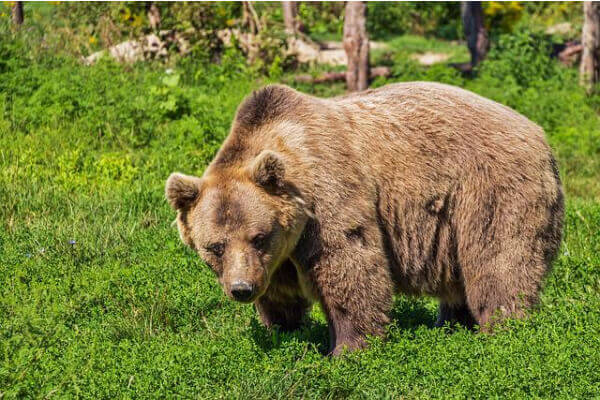
While a wonderful thing about national parks is witnessing the wildlife, and giving them their space. Whether it’s chipmunks, bighorn sheep, or bears, try not to approach or disturb them. It’s difficult to predict how wildlife will react to unwanted interactions.
6. Store food carefully
This is especially important if you are camping or staying overnight. The smell of your food can attract wildlife, so keeping it stored up carefully can prevent any unwanted visitors. Consider using a bear-proof food storage container, they’re lightweight, very durable, and store up to 4 days worth of food.
